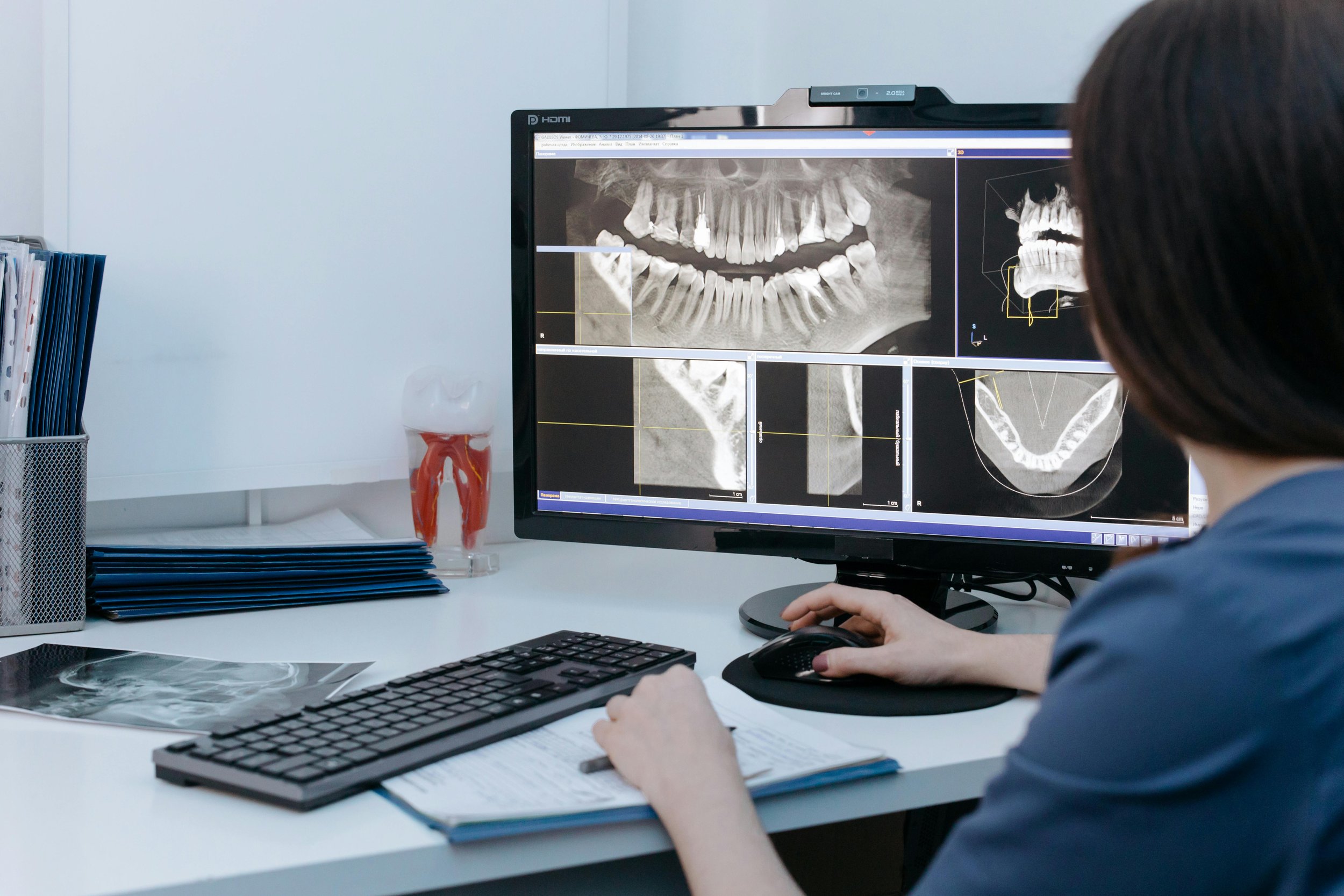
Pediatric ACL Repair
The ACL (anterior cruciate ligament) is one of the four main ligaments located inside the knee joint. It stabilizes the joint by preventing the tibia from sliding out beneath the femur. A "plant and turn" or hyperextension of the knee can tear the ACL. The most common sports to contribute to an ACL injury are soccer, snow skiing and basketball.
With organized sports starting at younger ages all the time, we are now seeing ACL injuries in the pediatric population. The challenge that is presented when a child with open growth plates tears his ACL is how to stabilize the knee. In the past, conservative measures such as activity modification and braces have been tried, but with little success. We all know that restricting a child from physical activity and sports poses more than a challenge. Some surgical procedures have also been tried with little success.
The usual method of stabilizing an ACL-deficient knee is to drill tunnels through the tibia (shin) and femur (thigh) bones. A graft is then pulled through the tunnels into the location of the natural ACL. This method is not safe in the pediatric population because damage could occur to the growth plates which would then affect the normal growth in the child's leg.
Dr. Eaton has developed a new procedure which allows a child's ACL to be surgically repaired without compromising the growth plates. The repair is performed by using the patient's own hamstring. The tendon is left attached to the tibia, but detached from the thigh. It is then woven under the intrameniscal ligament in the knee, passed through the knee joint and secured to the femur with a screw and washer far above the growth plate. This procedure allows children to return to their normal level of physical activity without risking damage to the growth plate.
Dr. Eaton is the only surgeon in the Tampa Bay area to perform this type of ACL repair. In fact, he performs the procedure on patients who been evaluated and referred by pediatric orthopaedic specialists. After surgery and adequate rehabilitation, these children are able to return to a healthy level of physical activity with a stable knee.

